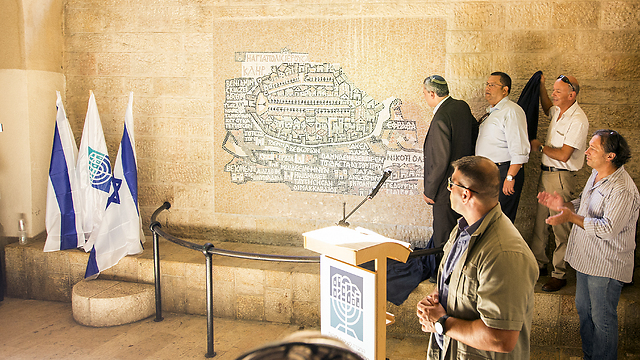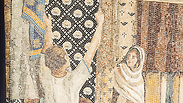
In pictures: The art of mosaics returns to Jerusalem's Old City
Jerusalem Affairs Minister Ze'ev Elkin has unveiled a new art and tourism project featuring 10 original and reproduced mosaics in the ancient Roman section in the Jewish Quarter.
A new art and tourism project featuring 10 original and reproduced mosaics was unveiled on Monday by Minister of Jerusalem Affairs Ze'ev Elkin at the Cardo in the Jewish Quarter.
"The project, 'Jerusalem of Mosaics,' is another step in branding the Jewish Quarter as a location that tells a story," said Itay Bezalel, CEO of the Jewish Quarter Restoration and Development Company. "The mosaic stones represent an ancient form of art and therefore blend admirably with the Byzantine paintings along the ancient street."
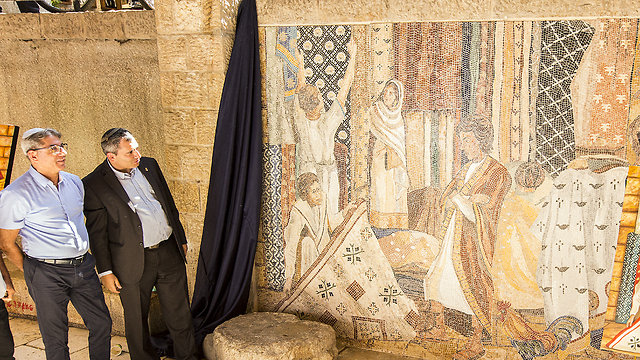
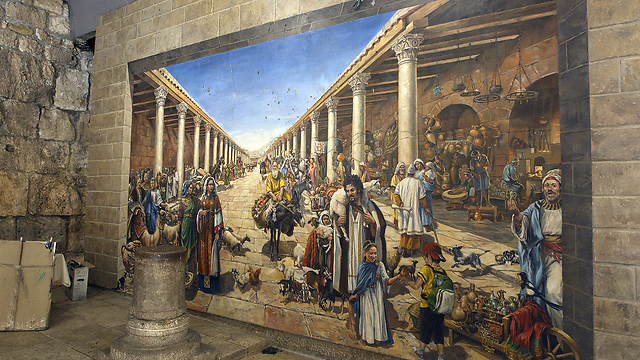
The mosaic project tells the history of the Cardo, the main street and commercial center of the city of Jerusalem during the Roman period. After Emperor Hadrian rebuilt Jerusalem as Aelia Capitolina, the main street, known as the Cardo Maximus, ran from north to south.
The Roman thoroughfare was lined with shops and vendors and served as a hub of economic and cultural life. The Cardo's most striking visual feature was its Roman colonnade, which according to some historians was among the grandest and most impressive in the ancient Roman world. The Cardo and its colonnade are a main feature of the Madaba Mosaic Map, which is considered to be the oldest surviving original cartographic depiction of the Holy Land and Jerusalem.
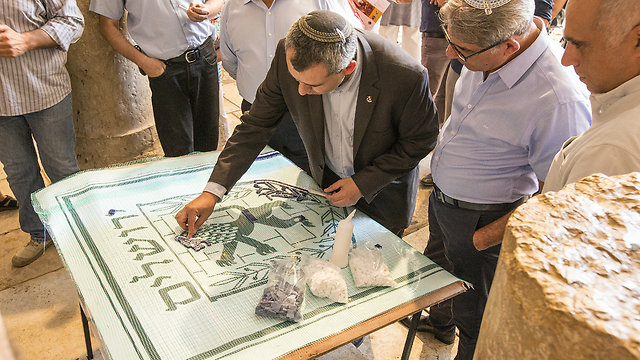
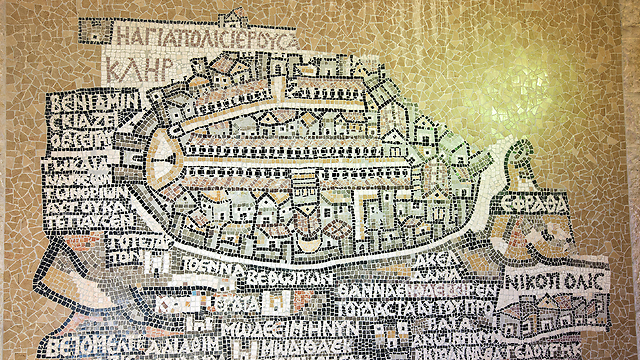
The ten mosaic art pieces unveiled on Monday consist of a reproduction of the Madaba Map while the original is located in the early Byzantine church of Saint George in Madaba, Jordan. The other nine mosaics in the project, reproduced by the Eilon Mosaic Company at Kibbutz Eilon, depict the various shops that used to occupy the historic street. Examples include a mosaic of a fabric shop inspired by the famous mosaics of Ravenna, Italy, and a mosaic of a glassware shop, reproduced from an actual Roman mosaic discovered in Caesarea.
The mosaics were placed among the modern stores currently lining the Cardo, creating a contrast between past and present.
Article reprinted with permission from TPS.










